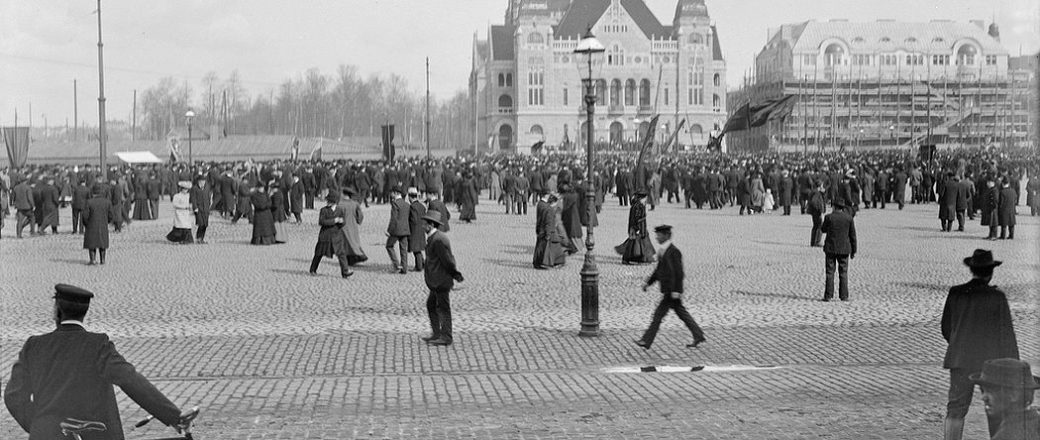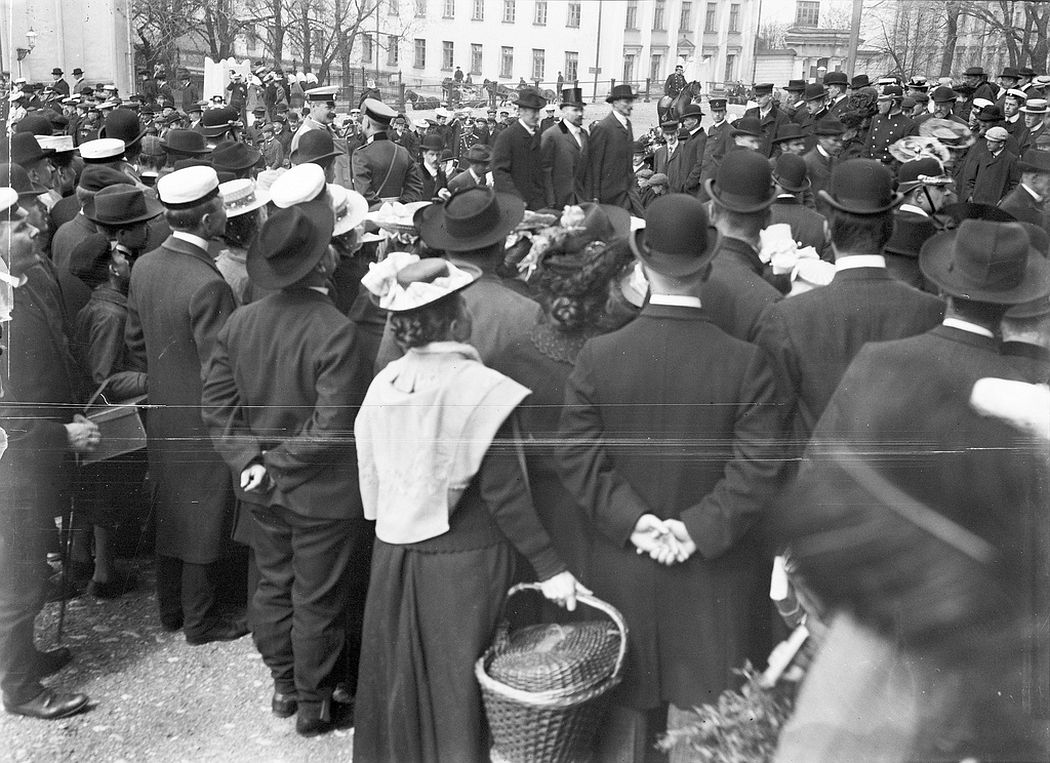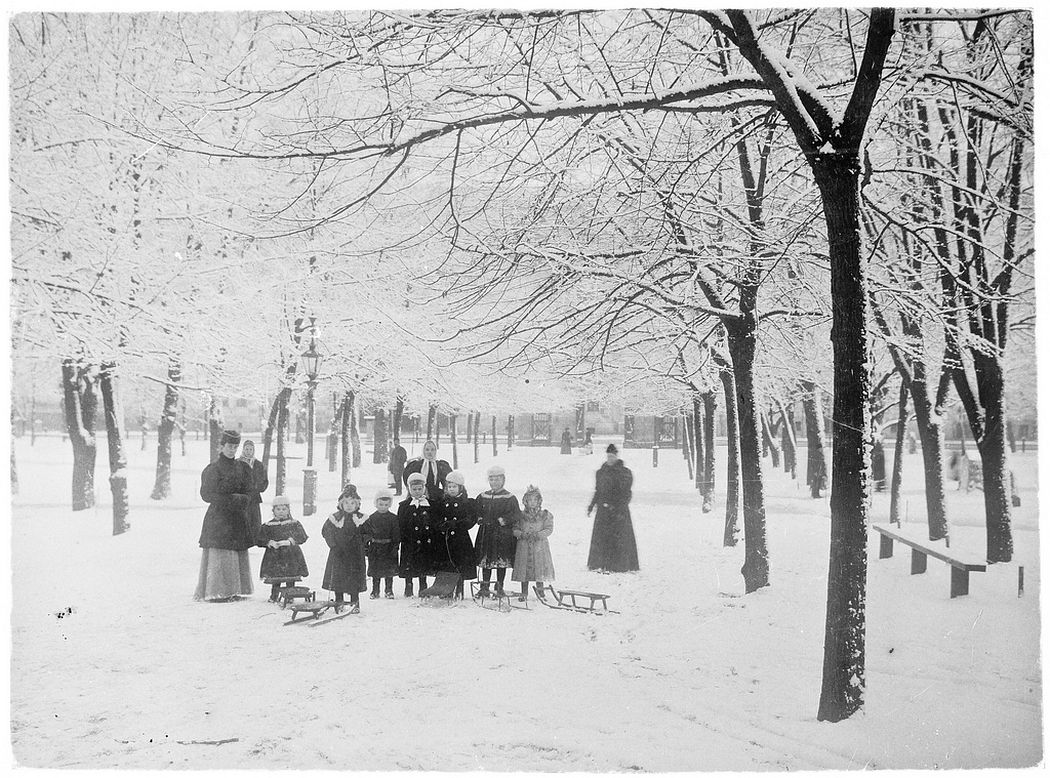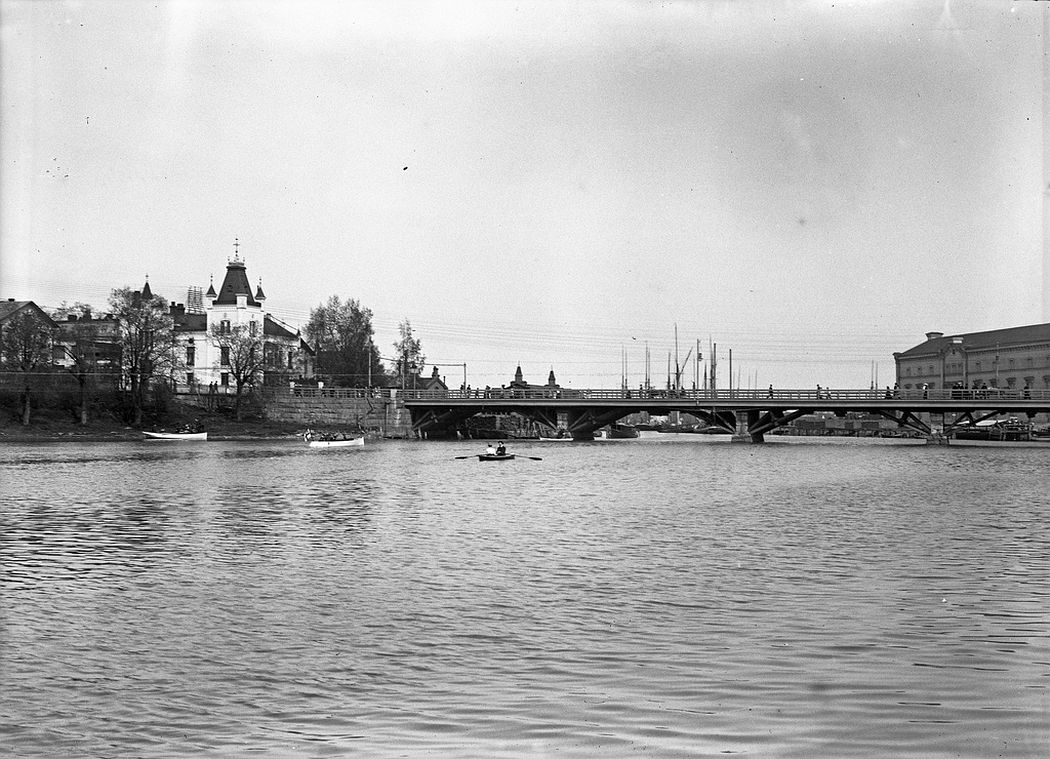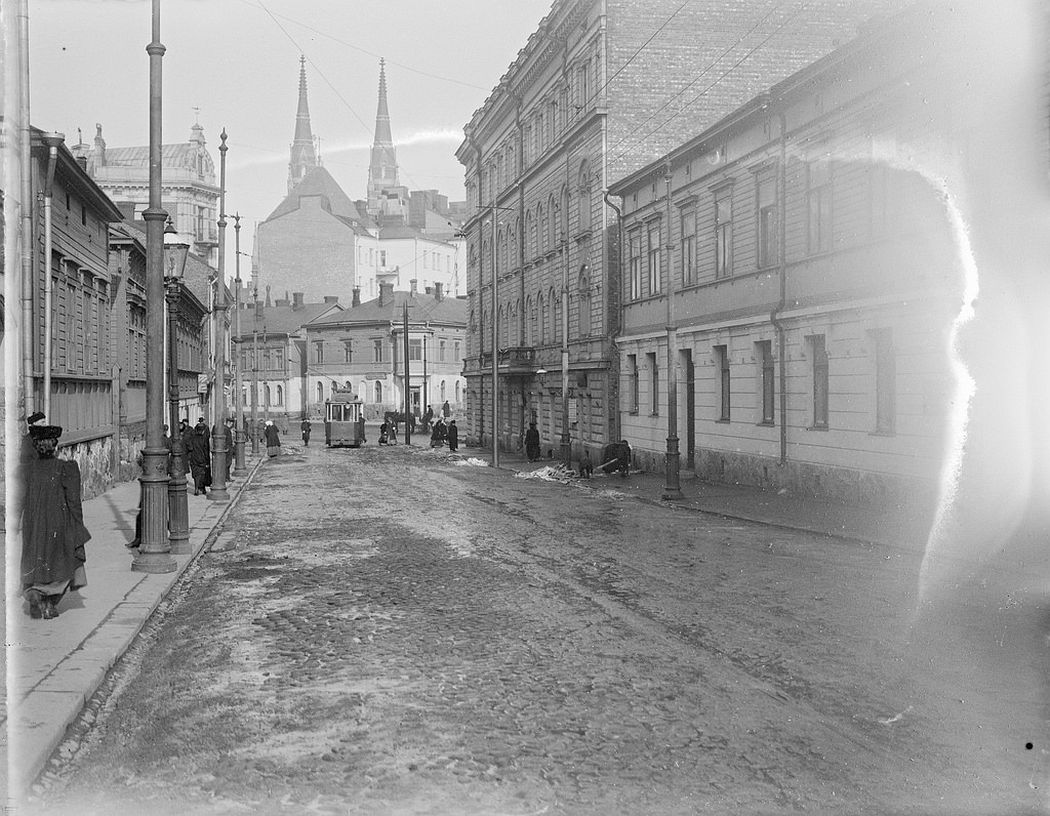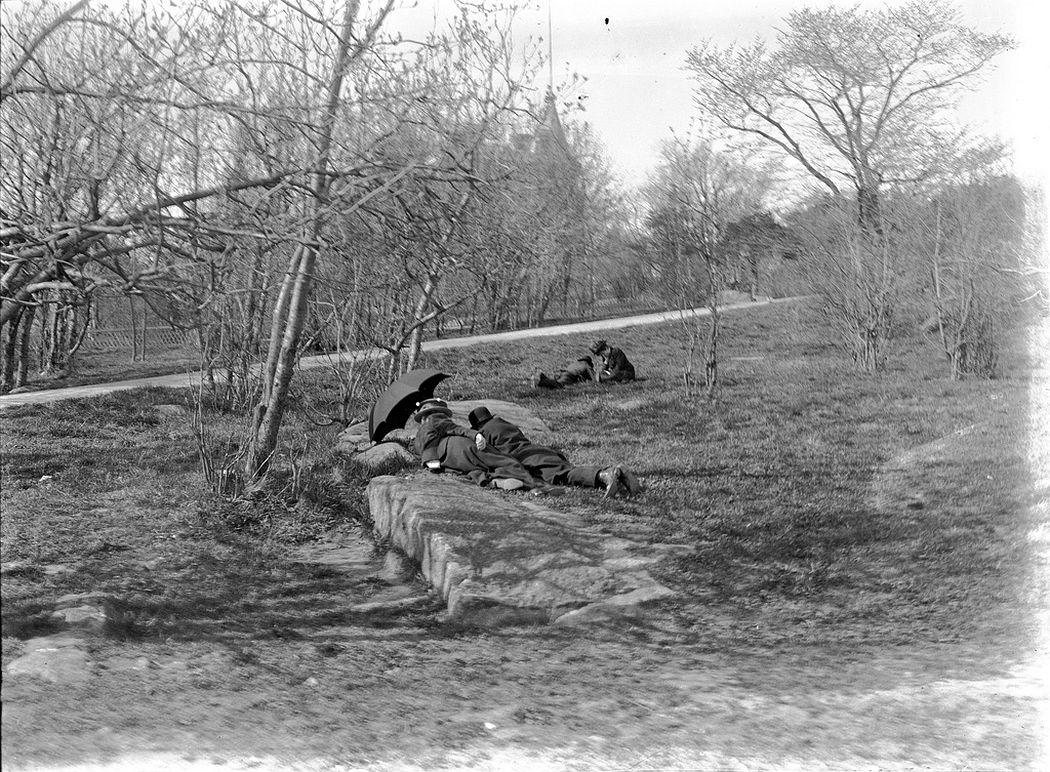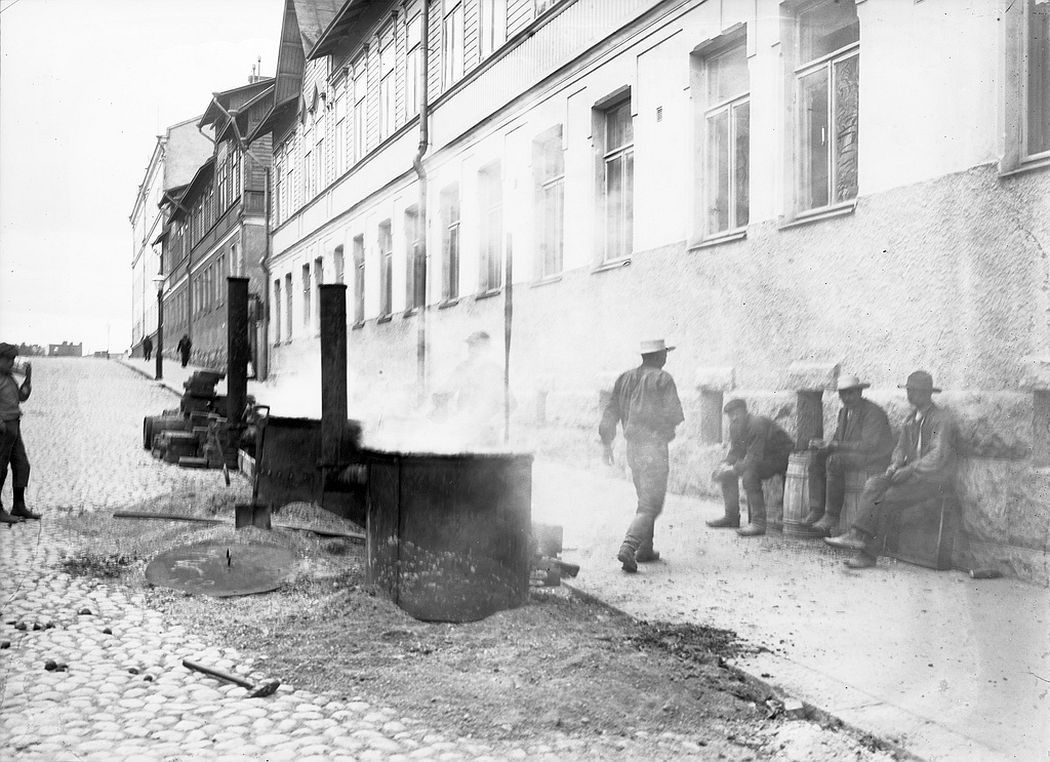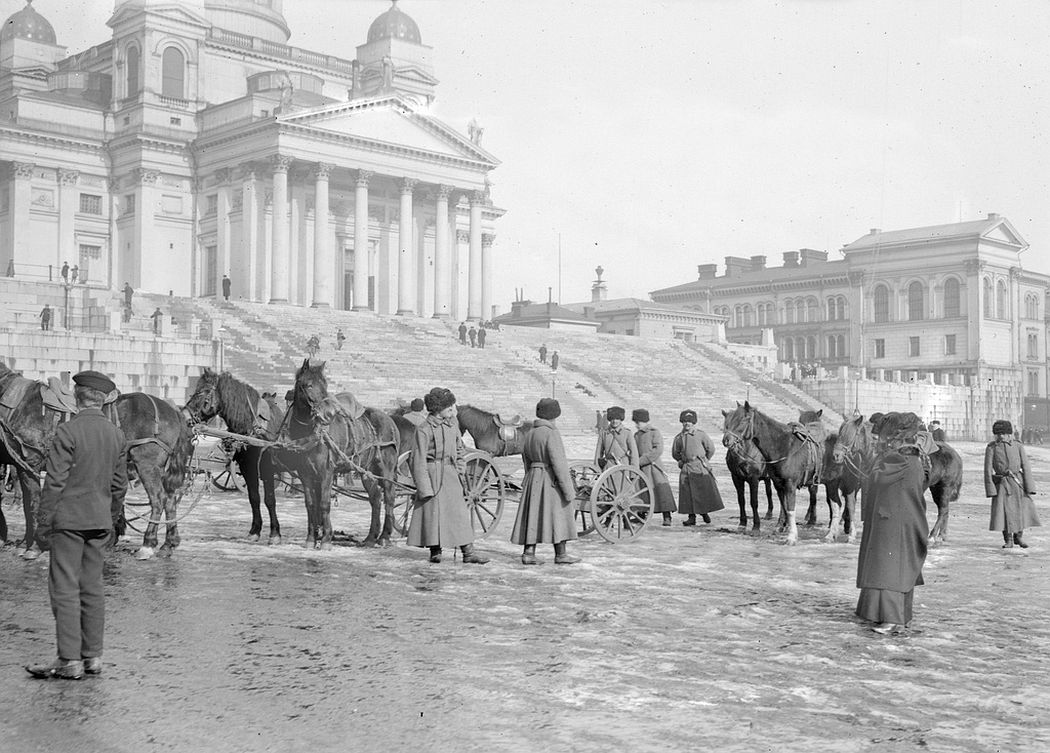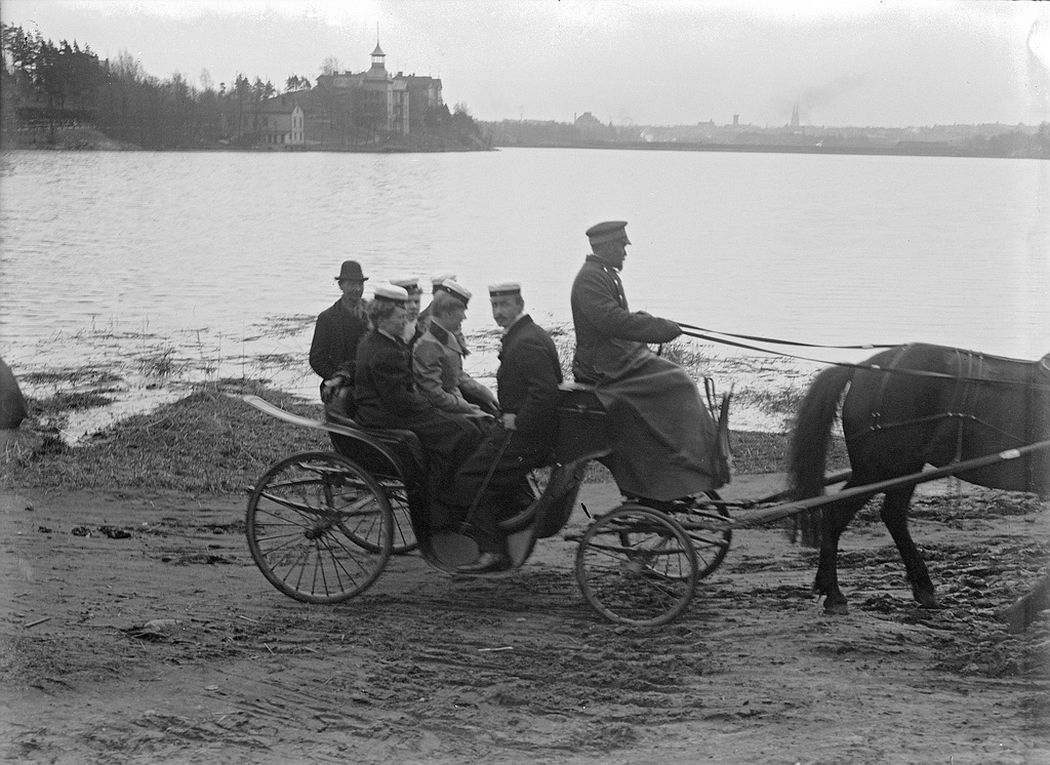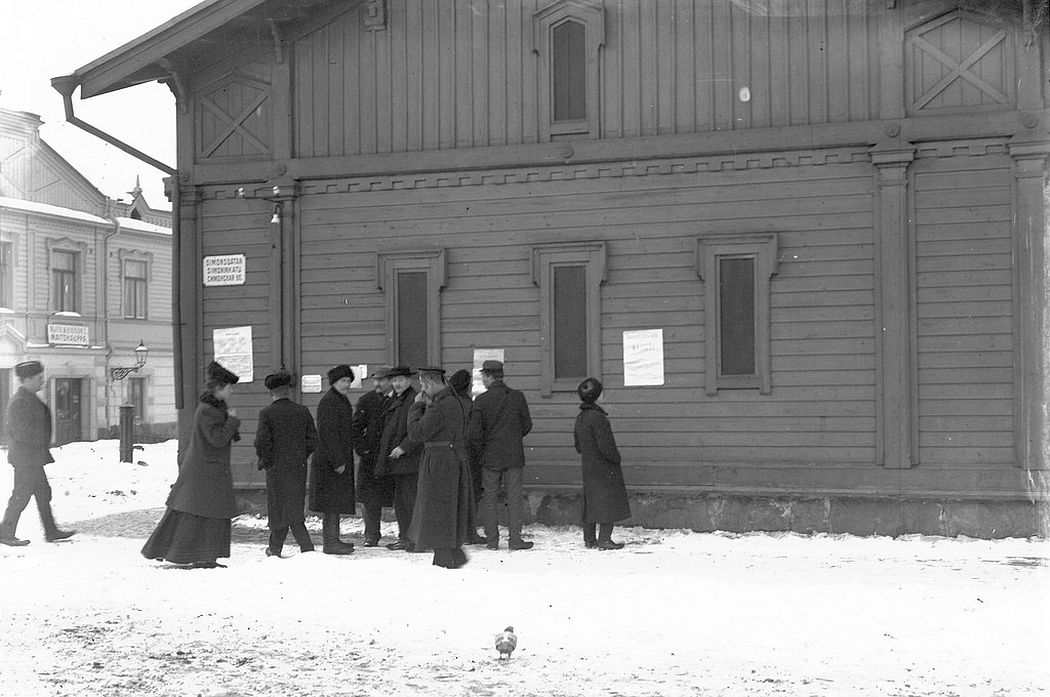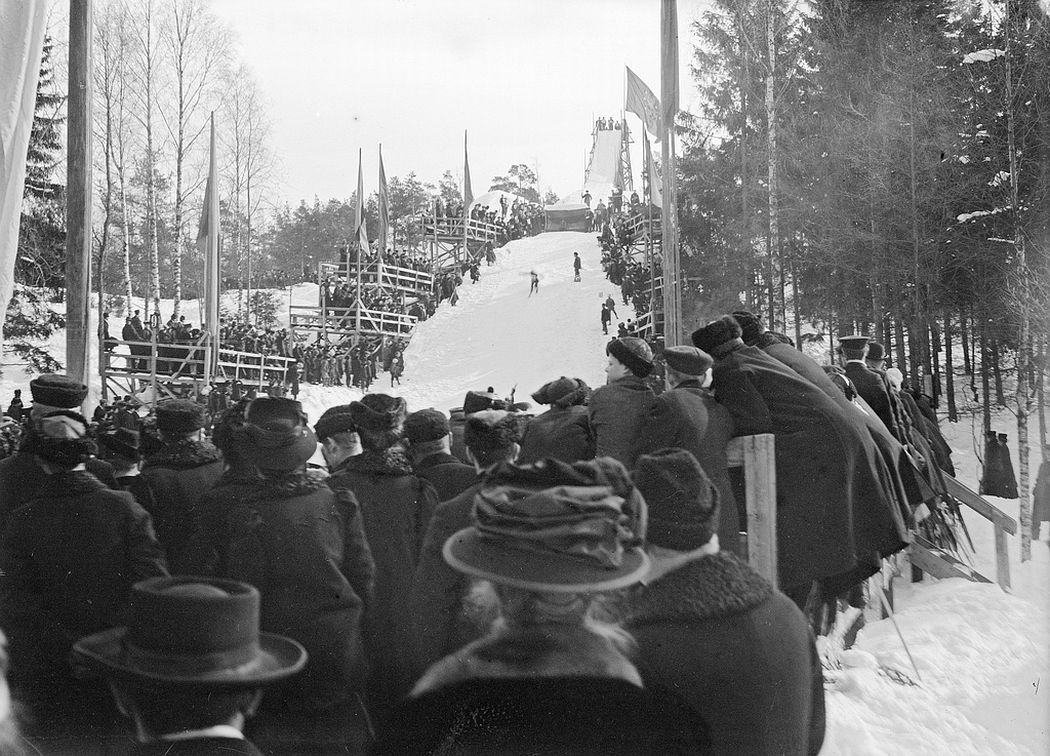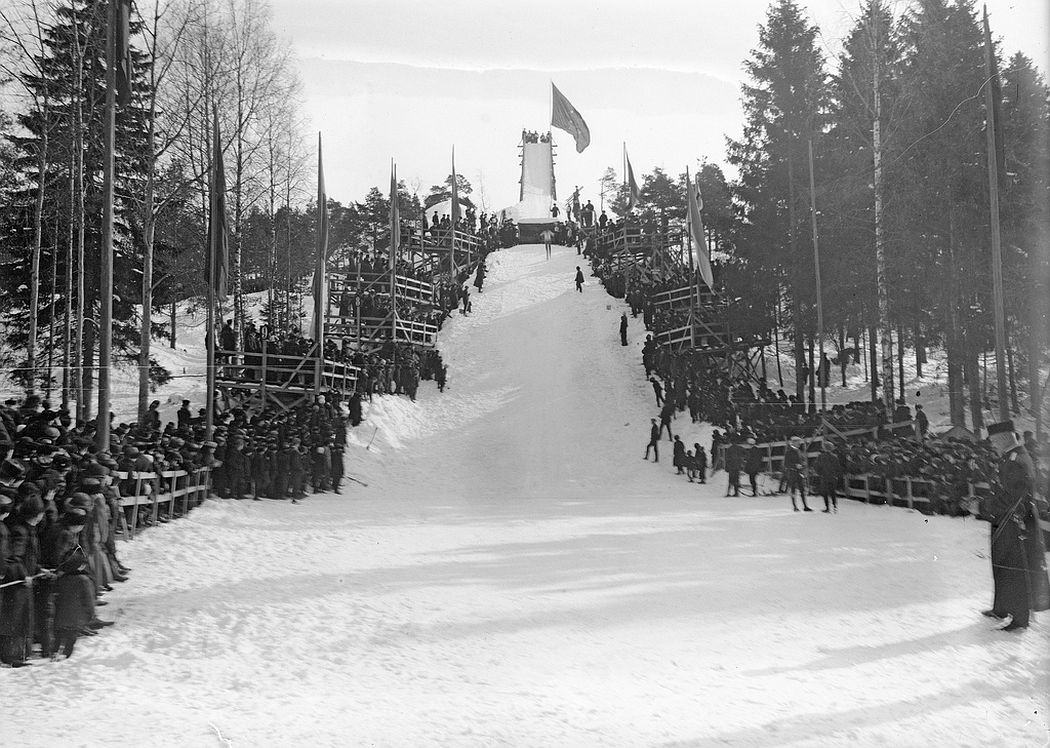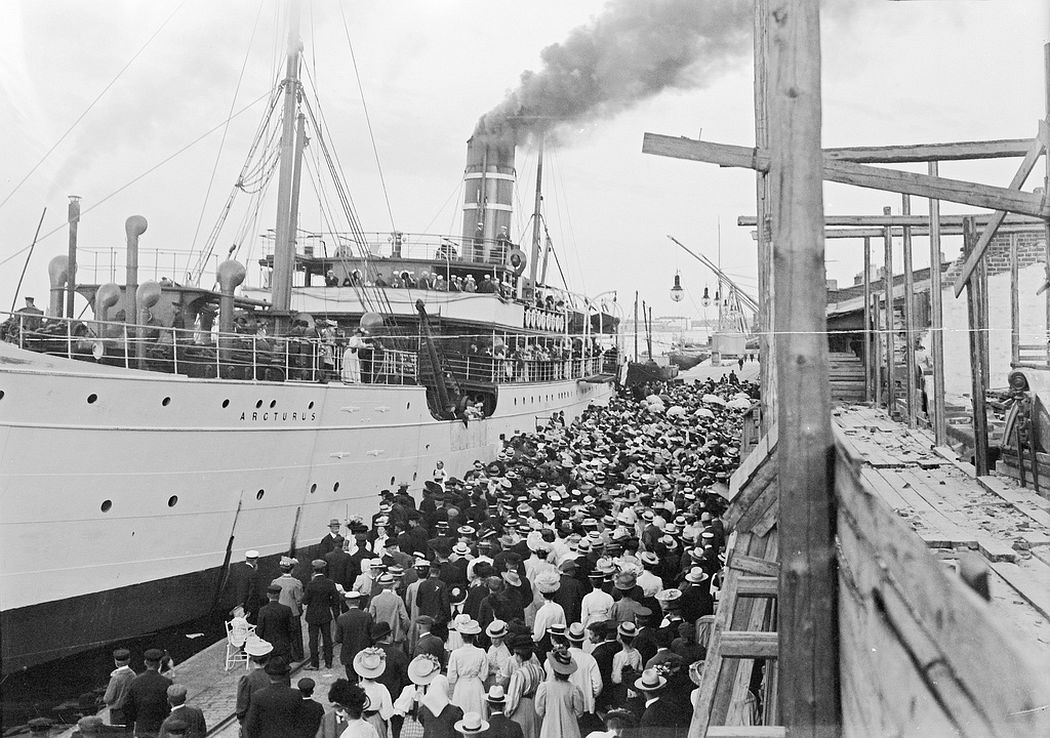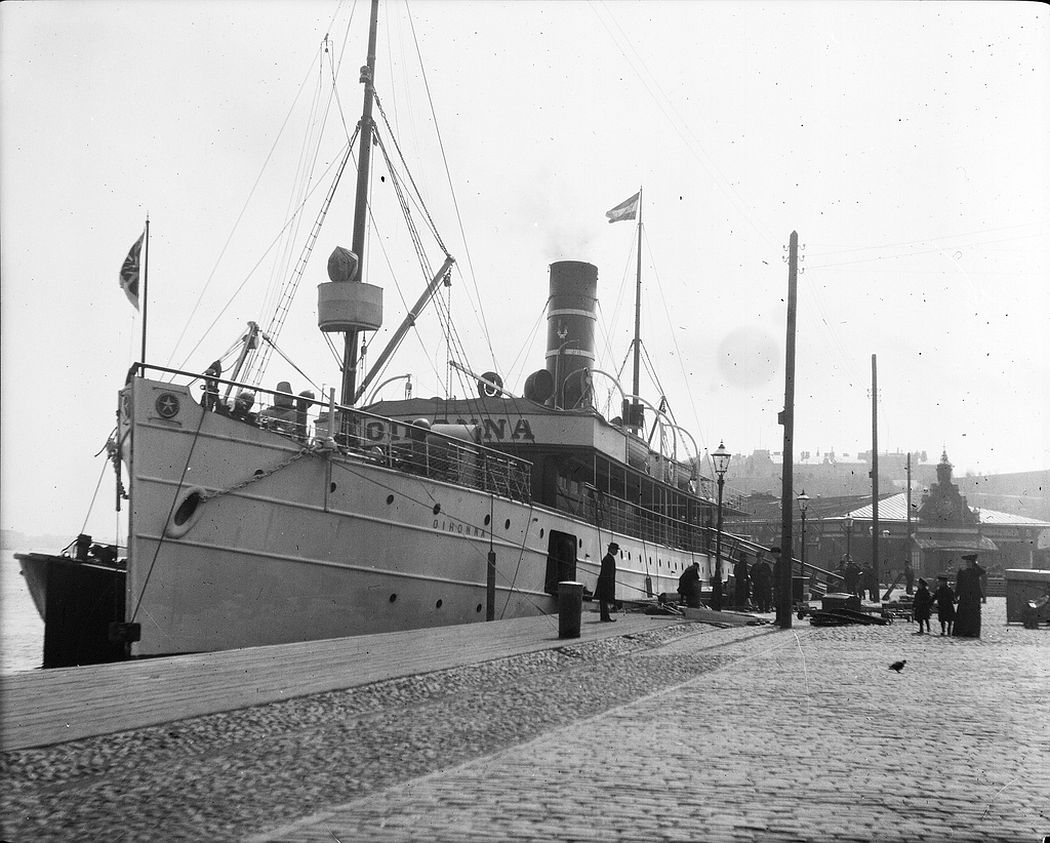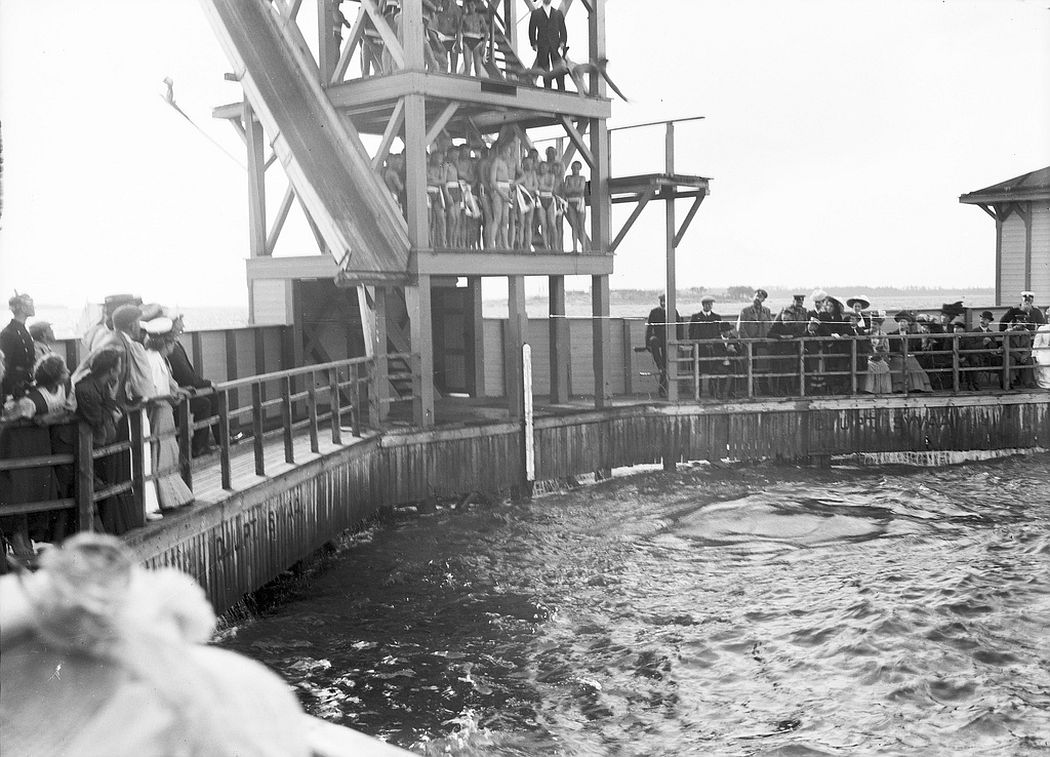During the 19th century, Helsinki became the economic and cultural center of Finland; as elsewhere, technological advancements such as railroads and industrialization were key factors behind the city’s growth. The first Helsinki railway station opened in 1862 with service to Hämeenlinna. Beginning from the late 19th century, the Finnish language became more and more dominant in the city, since the people who moved in from the countryside mostly spoke Finnish. In the beginning of the 20th century, the city was already predominantly Finnish-speaking, although with a large Swedish-speaking minority. Nowadays the Swedish speakers are a small minority.
Helsinki’s role as a capital resulted in its being the location of many prominent events in 19th and 20th century Finnish history. While the first 90 years under Russian rule were beneficial to the development of the city and the Finnish nation, the Russification of Finland began in 1899, during the reign of Nicholas II. In 1898, military officer Nikolay Bobrikov had been named by the tsar to be the Governor-General of Finland. Bobrikov’s role was to hasten the Russification processes and assimilate Finland more fully into the Russian empire, by force if necessary. This made him extremely unpopular among the Finns, and in 1904 he was assassinated in Helsinki’s Government Palace by Eugen Schauman.
Photos from The Society of Swedish Literature in Finland

